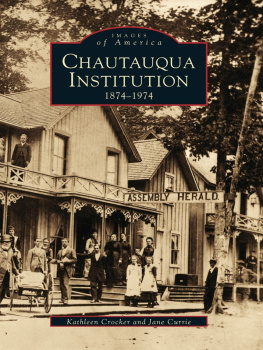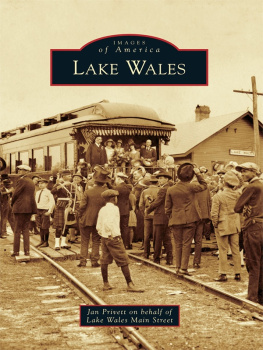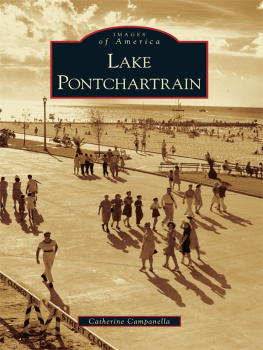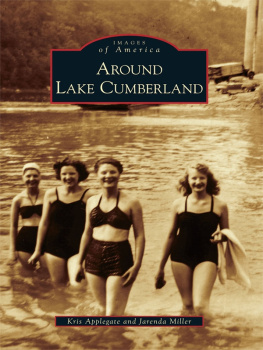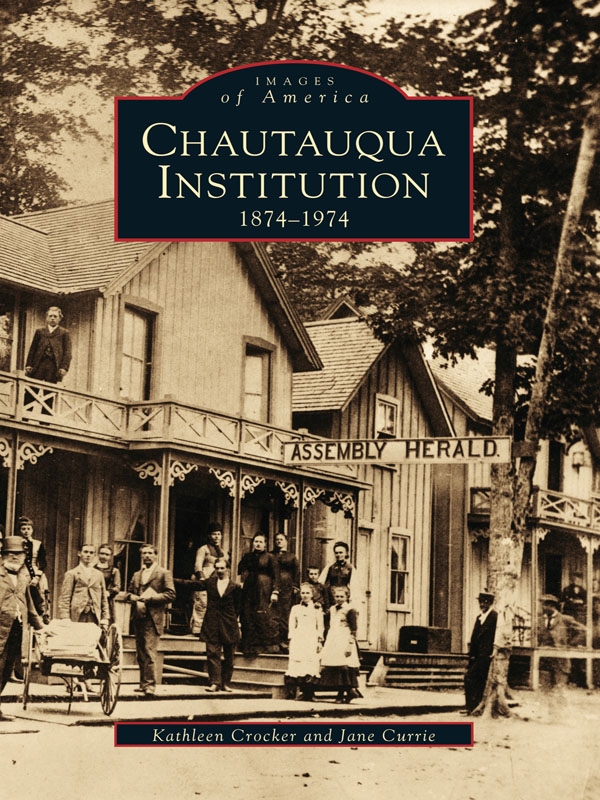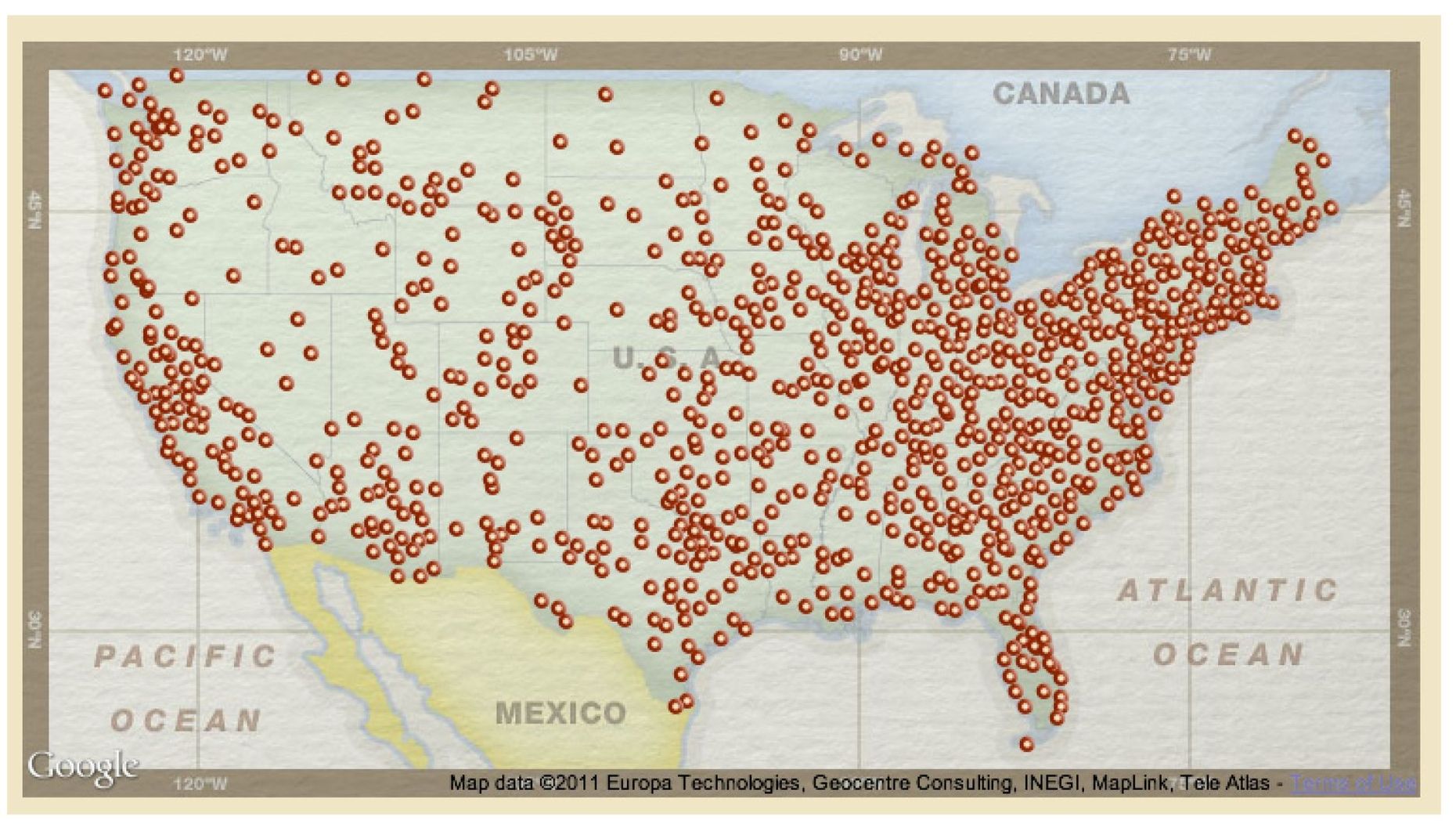With deep appreciation to June Miller-Spann, curator of archives and collections manager, the Chautauqua Institution, whose total support and encouragement from the outset made this book a reality; her assistance was truly invaluable. Unless indicated otherwise, the images in this book are courtesy of the Chautauqua Institution Archives, Chautauqua, New York.
To Byron and Ed, who kept us on task with their love, patience, and encouragement.
To Peggy Snyder and Pamela Berndt Arnold for their technical assistance, enthusiasm, and friendship.
To Joan Fox for her editing expertise and generosity.
To Isabel and Norman Pedersen and Casey Redington for their editing and continued support.
To Jane Nelson for her graphics and efforts on our behalf.
To Nancy Miller Arnn, Mary Frances Bestor Cram, and the Samuel M. Hazlett family for sharing their memories and photographs.
To our generous friends who shared their private collections with us. Their names appear beneath their borrowed images. We are extremely grateful to each of you.
BIBLIOGRAPHY
Bray, Frank Chapin. A Reading Journey Through Chautauqua. Chicago: The Lakeside Press, R.R. Donnelley and Sons Company, 1905.
The Centennial History of Chautauqua County: A Detailed and Entertaining Story of One Hundred Years of Development, Vol. II. Jamestown, N.Y.: The Chautauqua Historical Company, 1904.
Chautauqua Lake Steamboats , Jamestown, N.Y.: The Fenton Historical Society, 1971.
The Chautauquan Magazine, June 1912, Bishop Vincent Anniversary Number.
Cram, Mary Frances Bestor, Chautauqua Salute: A Memoir of the Bestor Years. Chautauqua Institution, 1990.
Downs, John P., and Fenwick T. Hadley, eds. History of Chautauqua County, New York, and Its People, Vol. I. Boston, New York, Chicago: American Historical Society Inc., 1921.
Fancher, Pauline. Chautauqua: Its Architecture and Its People. Miami: Banyan Books Inc., 1978.
Fuscus, David A., ed. Ship Ahoy: Tales of Lake Chautauquas Great White Fleet. Jamestown, N.Y.: Pennybridge Corp., Publishing Division, 1983.
Gould, Joseph E. The Chautauqua Movement: An Episode in the Continuing American Revolution. Fredonia, N.Y.: State University of New York College of Education, 1961.
Irwin, Alfreda L. Three Taps of the Gavel: Pledge to the Future, the Chautauqua Story. Westfield, N.Y.: The Westfield Republican, 1987.
Morrison, Theodore. Chautauqua: A Center for Education, Religion and the Arts in America. Chicago and London: University of Chicago Press, 1974.
Richmond, Rebecca. Chautauqua: An American Place. New York: Duell, Sloane and Pearce, 1943.
The RoundTable magazine. 9:9, Chautauqua, N.Y.: Chautauqua Press, May 1918.
The RoundTable magazine. 7:1, Chautauqua, N.Y.: Chautauqua Press, September 1920.
Simpson, Jeffrey. Chautauqua: An American Utopia. New York: Harry N. Abrams Inc., 1999.
Talbot, Mary L. A School at Home: The Contribution of the CLSC to Womens Educational Opportunities in the Gilded Age, 18741900. Dissertation, Smith Memorial Library, Chautauqua, N.Y., 1997.
Tarbell, Ida. All in the Days Work: The Autobiography of the Foremost Muckraker of the Time. New York: G.K. Hall and Company, 1985 (reprint from 1939).
Vincent, John Heyl. The Chautauqua Movement . Boston: Chautauqua Press, 1886.
Vincent, Leon H. John Heyl Vincent: A Biographical Sketch, New York: The MacMillan Company, 1925.
Warren, R.M. Chautauqua Sketches: Fair Point and the Sunday School Assembly . Buffalo: H.H. Otis, 1878.
Find more books like this at
www.imagesofamerica.com
Search for your hometown history, your old stomping grounds, and even your favorite sports team.
One
THE ASSEMBLY AN D ITS COFOUNDERS
Lewis Miller (18291899) and John Heyl Vincent (18321920), the cofounders of Chautauqua, met through their involvement in the Methodist ministry in the late 19th century. They became lifelong associates but, more importantly, together they masterminded what evolved into a vigorous movement in popular education in America.
Miller had served as superintendent of Sunday schools in Akron, Ohio, while Vincent, born in distant Tuscaloosa, Alabama, became an ardent Methodist preacher at the age of 18. These devout Christians recognized the importance and value of thorough Sunday school instruction and the need for securing competent Sunday school teachers. Although ministers and religious educators of all denominations in those days were expected to be community leaders, all too often their performance and knowledge were inadequate.
Offering the only opportunity for literacy to many of Chautauquas attendees, Miller and Vincent developed and organized an intensive two-week study course for a broader and more effective religious education training, comparable to the normal school preparation for public school teachers. Both Miller and Vincent lacked formal college education and fervently believed in the sound doctrine that the more education an individual had, the better that person could serve God and society. Society would change for the better only if individuals bettered themselves.
Although self-educated and successful, they identified and sympathized with individuals who hungered for more education. As a result, they were determined to expand Bible study curriculum to include lectures, class drills, and discussion. They considered religious instruction, coupled with other disciplines, expressions of the human spirit.
Having decided upon the curriculum for this proposed summer session, Miller and Vincent then needed to select the perfect spot for teachers and students to meet and exchange ideas. Both feared the demonstrative camp-meeting mentality, especially Vincent, who despised noisy evangelism.
Miller advocated an outdoor setting of natural beauty already familiar to him: property acquired for the Methodist Episcopal church on the shore of Chautauqua Lake in southwestern New York State. On August 4, 1874, the first Chautauqua Assembly was held at Fair Point, New York. It was renamed Chautauqua in 1879 and the Chautauqua Institution in 1902. Its peaceful setting in a charming grove, its clear air and cool evenings, its proximity to major cities, villages and towns, and its reliable railroad and steamboat connections made it a desirable location.
Anxious to reach their destination during the annual summer pilgrimages to Chautauqua, vacationers often traveled many miles. Transportation, however, was fairly efficient even in the early days of the Chautauqua Assembly. In 1827, the Great White Fleet of majestic steamboats began operating on Chautauqua Lake, and the opening of the Sunday School Assembly stimulated even further vessel construction. Fourteen steamers plied the waters daily by 1898, and a total of 60 were eventually in operation. At the end of the 1907 summer season alone, the Jamestown newspaper reported that 280,000 passengers had been carried up and down the lake.
With its advantageous location and its accessibility by various modes of transportation, Chautauqua became a desirable summer retreat in a relatively short period of time. It was totally self-sufficient. It had all the conveniences of a large town year-round, including its own post office, grocery store, hotel, and newspaper office, not to mention its power station, waterworks, and sewage system.

